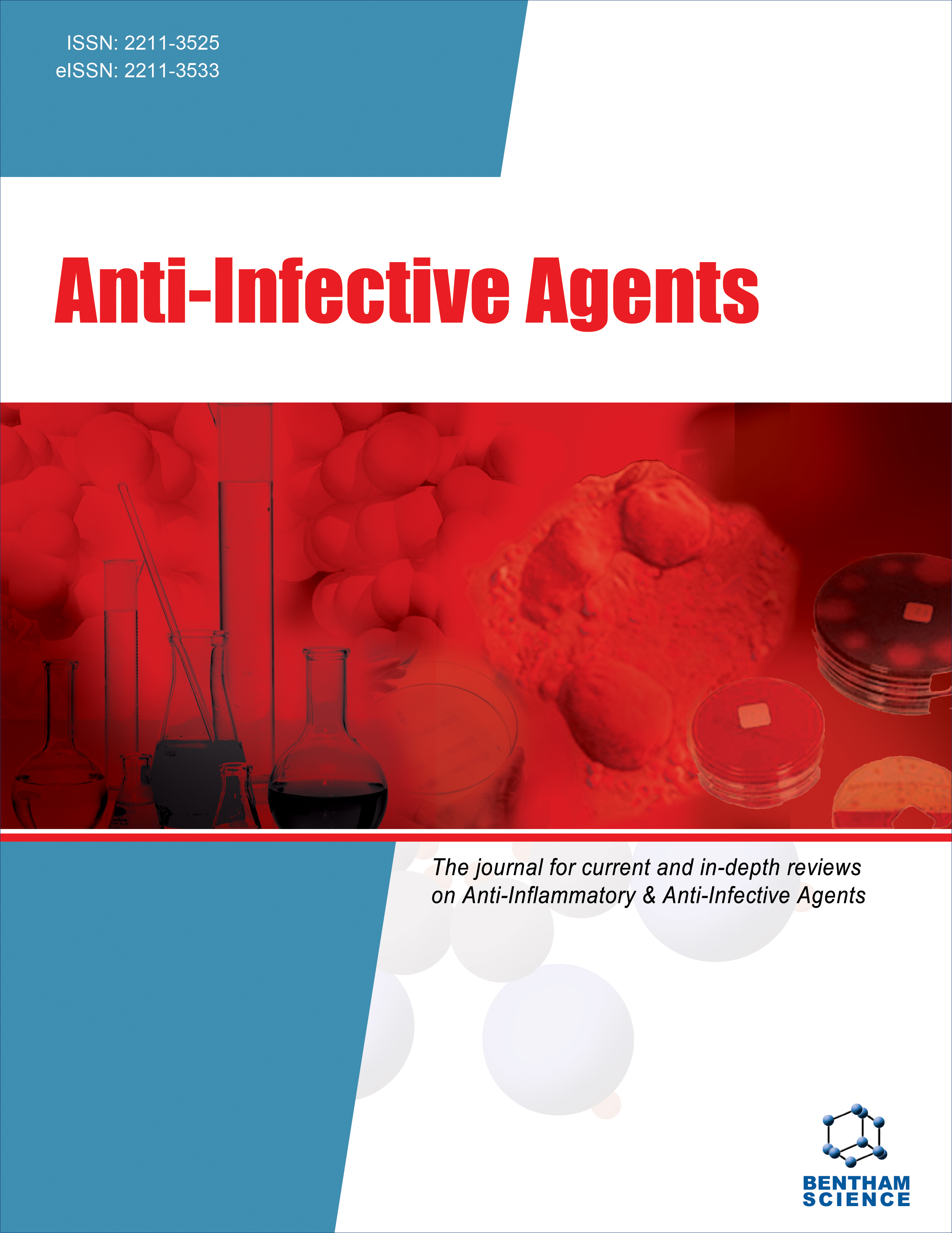
Full text loading...
We use cookies to track usage and preferences.I Understand
Viral infections impact millions of individuals annually and in 2018, the WHO called for global preparedness to address potential high-mortality pathogens, referred to as “Pathogen X,” which can include fungi, viruses, parasites, or prions. The constant evolution of RNA viruses leads to continually changing variants, challenging the effectiveness of vaccines and drugs. In underserved healthcare regions, plant-based phytochemicals offer promise in combating viral diseases due to their ready availability, proven effectiveness, and low toxicity. Amidst the evolving virus variants and recurring fatal outbreaks, especially in resource-constrained regions, phytochemicals hold promise as potential anti-infective agents. This review delves into plant-based antivirals, aiming to update plant-derived antiviral compounds' status against existing and emerging viruses from 2019 to 2023. The study aimed to identify active components from medicinal plants with IC50 and EC50 values against human-infecting viruses. It utilized in vitro and in vivo methods to predict phytochemical mechanisms and enhance bioavailability. Among the phytochemicals studied as antivirals, Emodin, Quercetin, Myricetin, Resveratrol, and Silymarin demonstrated efficacy against multiple viruses. Notably, certain plant compounds were effective against multiple viruses and could serve as potential antiviral treatments. Overall, the review illustrates that harnessing plant-derived compounds shows promise in combating current and evolving infectious threats.

Article metrics loading...

Full text loading...
References


Data & Media loading...

